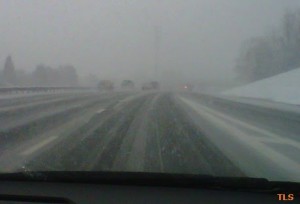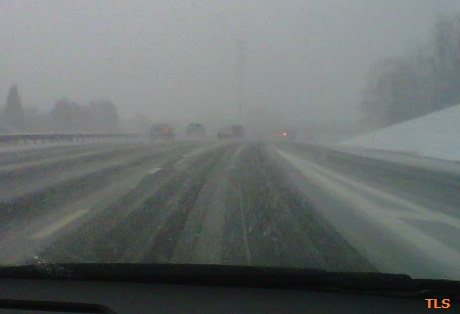 Colonel Rick Fuentes, Superintendent of the New Jersey State Police and Director of the New Jersey Office of Emergency Management, is advising drivers to slow down and take caution during tomorrow’s morning commute.
Colonel Rick Fuentes, Superintendent of the New Jersey State Police and Director of the New Jersey Office of Emergency Management, is advising drivers to slow down and take caution during tomorrow’s morning commute.
The New Jersey Office of Emergency Management is closely monitoring an approaching storm in partnership with the National Weather Service. The NJOEM is anticipating a wintry mix of wet snow and rain throughout portions of New Jersey’s central and northern counties.
Lakewood isn’t expected to get snow, according to the National Weather Service.
Drivers are advised to drive with caution, follow the rules of the road, stay alert and respect the weather elements that may impact their drive. Motorists are encouraged to check for current road conditions at the New Jersey Department of Transportation website: http://www.nj511.org/.
To “gear up” for winter driving, below is a list of general winter weather preparedness tips:
Travel Items to Include: All cars should be equipped with road maps, a cell phone, a blanket (especially if traveling with small children and infants), a shovel, a windshield scraper, a towrope, booster cables, and a brightly colored cloth to use as a distress signal. A bag of sand or non-clumping cat litter to spread under tires if stuck in snow is also recommended.
Proper Travel Notification: Drivers should inform someone that they are taking a trip, where they are going, the routes that will be traveled and when they are expected to return. Upon reaching their destination, drivers should call to report arrival. If traveling a long distance, please remember to fill up on fuel prior to making your trip. While traveling, stop frequently to refill the fuel tank. The breaks will help drivers stay alert.
Dress for Success: It is recommended that all drivers and their passengers wear warm clothing such as winter coats, wool hats and gloves when traveling to avoid exposure to extremely cold temperatures in the event that your vehicle breaks down or gets stuck.
On the Road: Always follow the rules of the road and adhere to the following guidelines:
- Always buckle your seat belt.
- Brake properly to avoid skidding. If driving on snow or ice, start slowly and brake gently. Begin braking early when approaching an intersection.
- If the vehicle starts to slide, ease off the gas pedal or brakes. Steer into the direction of the skid until regaining traction, and then straighten the vehicle. For vehicles with antilock brakes, apply steady pressure.
- Visibility and speed:
- In fog, drive with headlights set on dim or use fog lights.
- In rain, fog, snow or sleet, stay within the limits of your vision. If it is too difficult to see, pull off the road and stop.
- Drive slowly and increase following distance. Vehicle speed should adjust for conditions and match the flow of traffic.
- Watch for slick spots. Be physically and mentally prepared to react.
Clear all ice and snow off of your vehicle prior to departure. TLS.


where is a good place in lakewood to get new tires so that i don’t skid in the slush tomorrow?
on rt88
people remember, using bright lights (high-beams) DECREASES your visibility and blinds oncoming traffic. in snow and fog, the less light = the easier it is to see through the fog!
And be careful of all the dead trees STILL on the roads from the last snowstorm! This is getting ridiculously unsafe!
Someone want to explain to me why there r still trees in the road and power lines own on kennedy and monmouth almost. Month after the storm? The twon shouldn’t have on tree on ground now, what happens when the snow comes?